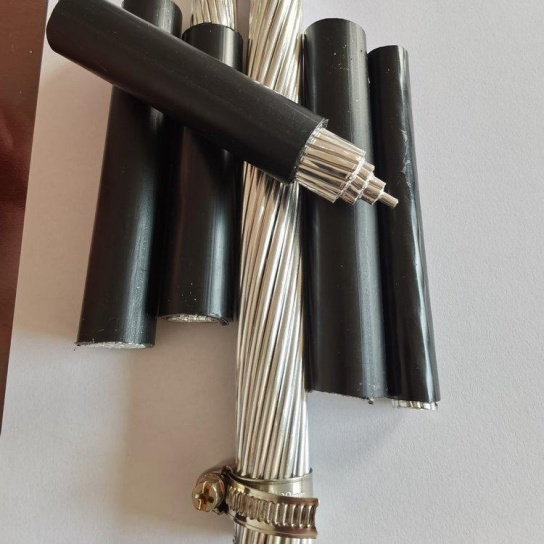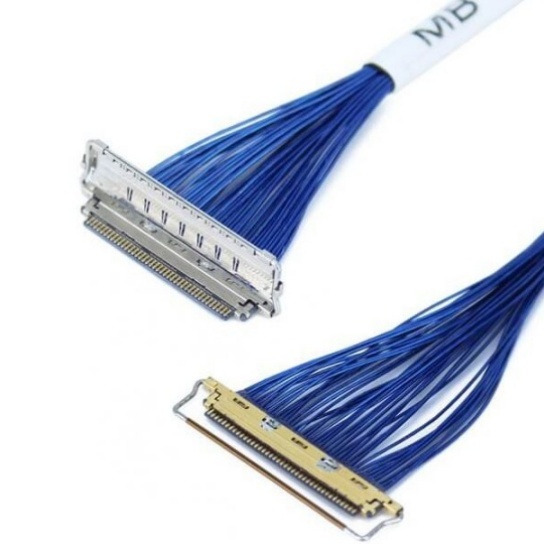Secrets to Optimizing Aerospace Cable Routing
- Top-Down Systems Engineering Approach
Optimization begins long before the first wire is laid.
3D Model Integration:
Use tools like CATIA or Siemens NX to simulate routing paths alongside hydraulic, fuel, and structural systems, avoiding clashes.
Example: Airbus A350’s “digital twin” reduced routing conflicts by 40% during design.
Zonal Safety Analysis:
Divide the aircraft into zones (e.g., wings, avionics bay) and assign cable bundles based on risk. High-EMI areas (engine bays) require shielded routing.
Weight Budgeting:
Allocate weight limits per zone. Composite conduits save 30% weight vs. metal raceways.
2. Harness Segmentation and Modular Design
Breaking cables into modular harnesses simplifies installation and maintenance.
Plug-and-Play Harnesses:
Design self-contained harnesses for systems like lighting or sensors. Boeing 787 uses 150+ modular harnesses for quick replacement.
Length Optimization:
Cut excess cable to <1% slack using laser measurement tools. Emirates saved 120 kg per A380 by trimming redundant lengths.
Service Loops:
Include precisely calculated service loops (typically 2–3x bend radius) near connectors to absorb vibration without fatigue.
3. EMI Mitigation Through Smart Routing
Aircraft are EMI minefields; routing must neutralize interference.
Separation Rules:
Keep power cables (115V AC) ≥ 6 inches from signal cables (CAN bus, Ethernet).
Use orthogonal crossings (90° angles) where separation isn’t possible.
Twisted Pair and Quadrax Cables:
Deploy twisted pairs with a twist rate of 1–3 twists/inch for analog signals. Quadrax (four twisted pairs) handles 10 Gbps avionics data.
Shielded Conduits:
MIL-DTL-38999 connectors with 360° shielding combined with aluminum conduits reduce EMI by 50 dB.
4. Thermal and Vibration Management
Extreme temperatures and vibration are the top causes of cable failure.
Thermal Zoning:
Route standard PTFE cables (-65°C to 200°C) away from engine zones. Use silicone-jacketed cables (300°C rated) near APUs.
Anti-Chafe Sleeving:
Protect bundles passing through bulkheads with Teflon sleeves or Nomex wraps.
Dynamic Routing:
In high-vibration areas (landing gear), secure cables with P-clips spaced ≤ 12 inches apart. Helicopters use helical spiral wraps for flexibility.
5. Weight Reduction Techniques
Every kilogram saved improves fuel efficiency by 0.1–0.3%.
Composite Cable Trays:
Carbon fiber trays (e.g., Cytec’s CYCOM 5320) are 60% lighter than aluminum.
Hybrid Power-Data Cables:
Combine power and fiber-optic lines in one jacket (e.g., TE Connectivity’s Sliver series), eliminating redundant runs.
Smaller Gauges with Higher Conductivity:
Use 22 AWG silver-plated copper wires instead of 20 AWG standard copper, saving 15% weight without compromising current capacity.
6. Maintenance-Driven Routing
Design for easy inspection and repair to cut downtime.
Access Panels:
Place inspection panels near splice points. Lockheed Martin’s F-35 has 200+ access points for harness checks.
Color Coding and Labeling:
Follow AS50881 standards: red for fire systems, blue for hydraulics. Barcode labels enable quick RFID tracing.
Predictive Routing:
Embed fiber-optic sensors in cables to monitor stress and temperature in real time (Airbus’s “Smart Harness” concept).
Case Study: Boeing 777X Cable Routing Optimization
Challenge: Reduce weight while accommodating the world’s largest composite wings.
Solutions:
Replaced 40% of aluminum conduits with 3D-printed titanium-composite hybrids.
Used AI-powered routing software (Dassault’s DELMIA) to minimize cross-zone overlaps.
Implemented modular Ethernet/FoPT (Fly-by-Power Terminals) harnesses.
Results: 25% weight reduction in cable systems, saving $1.2 million annually in fuel per aircraft.
Future Trends in Aerospace Cable Routing
Generative AI Design: Algorithms like Siemens’ HEEDS auto-optimize routes for weight, cost, and EMI.
Wireless Power Transfer: Eliminate cables in non-critical systems (e.g., cabin lighting) via resonant magnetic fields.
Additive Manufacturing: Print lightweight, topology-optimized cable trays directly onto airframe structures.






